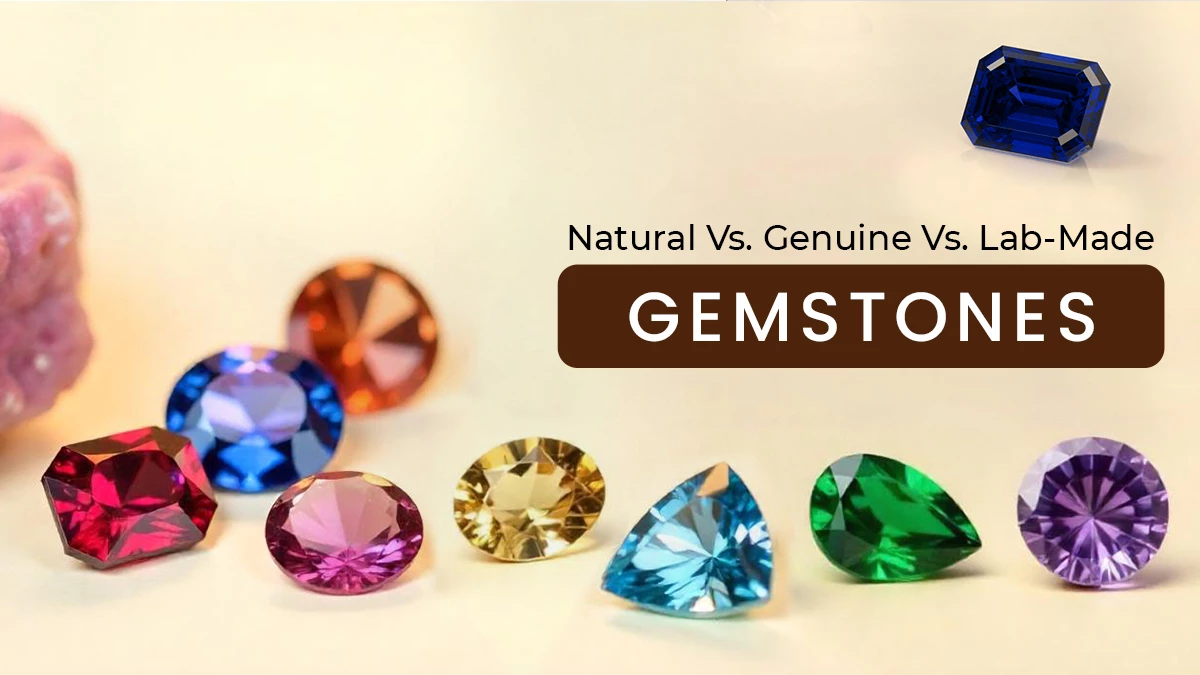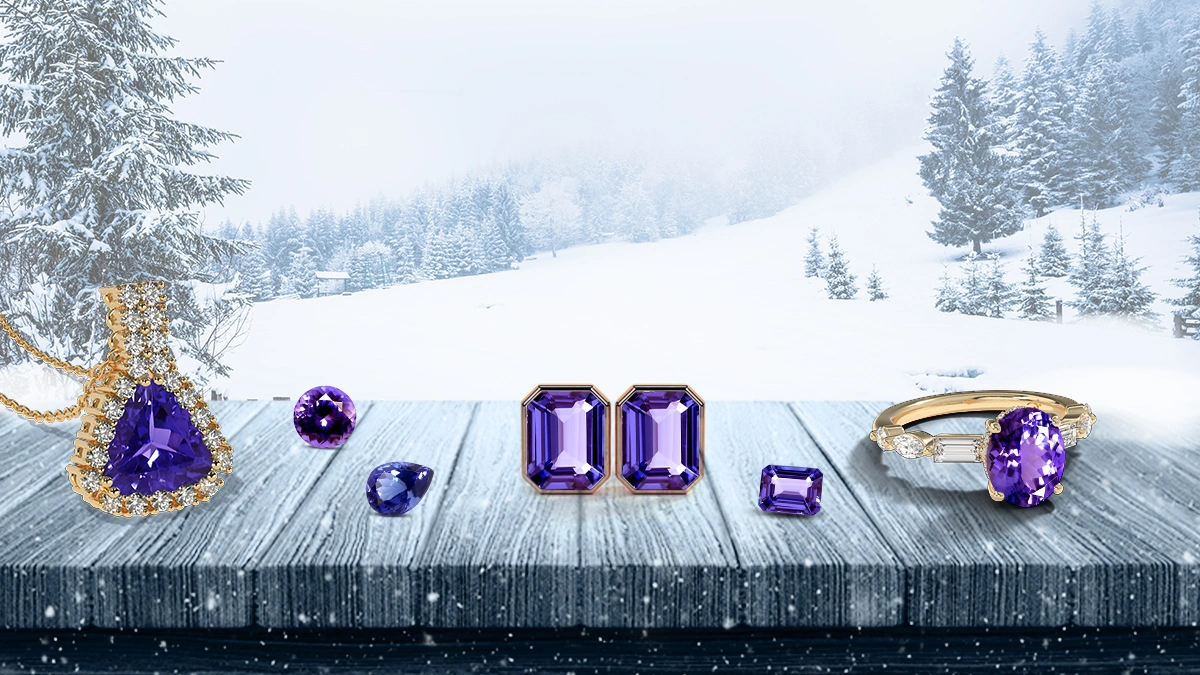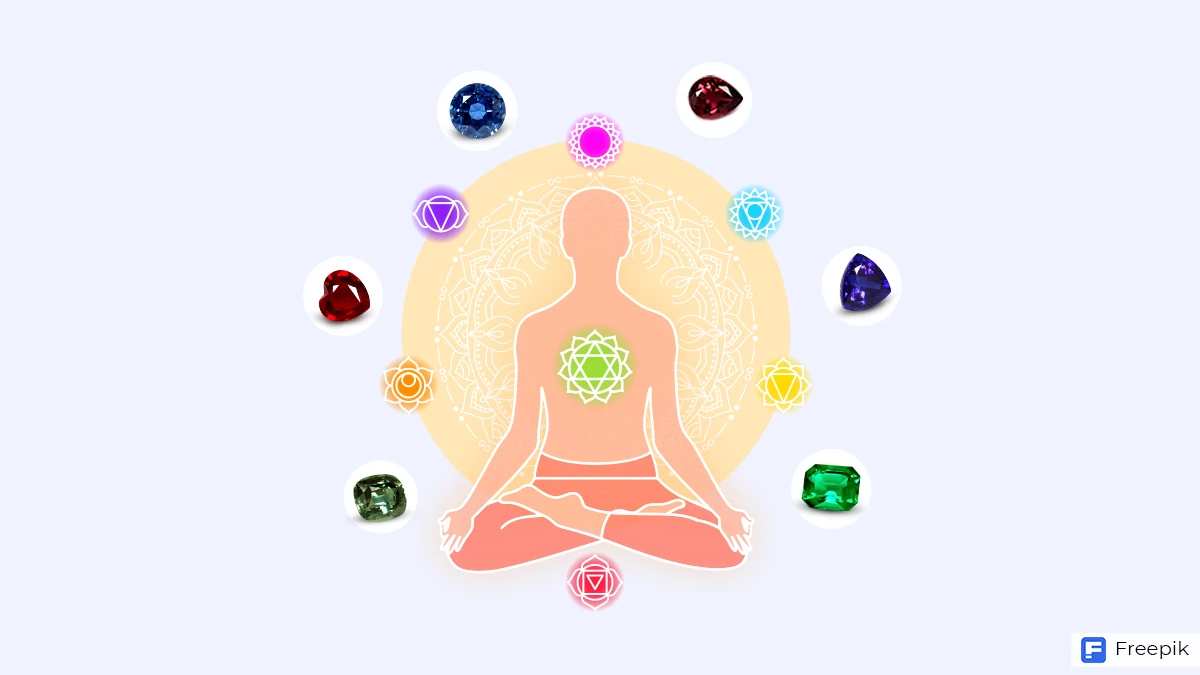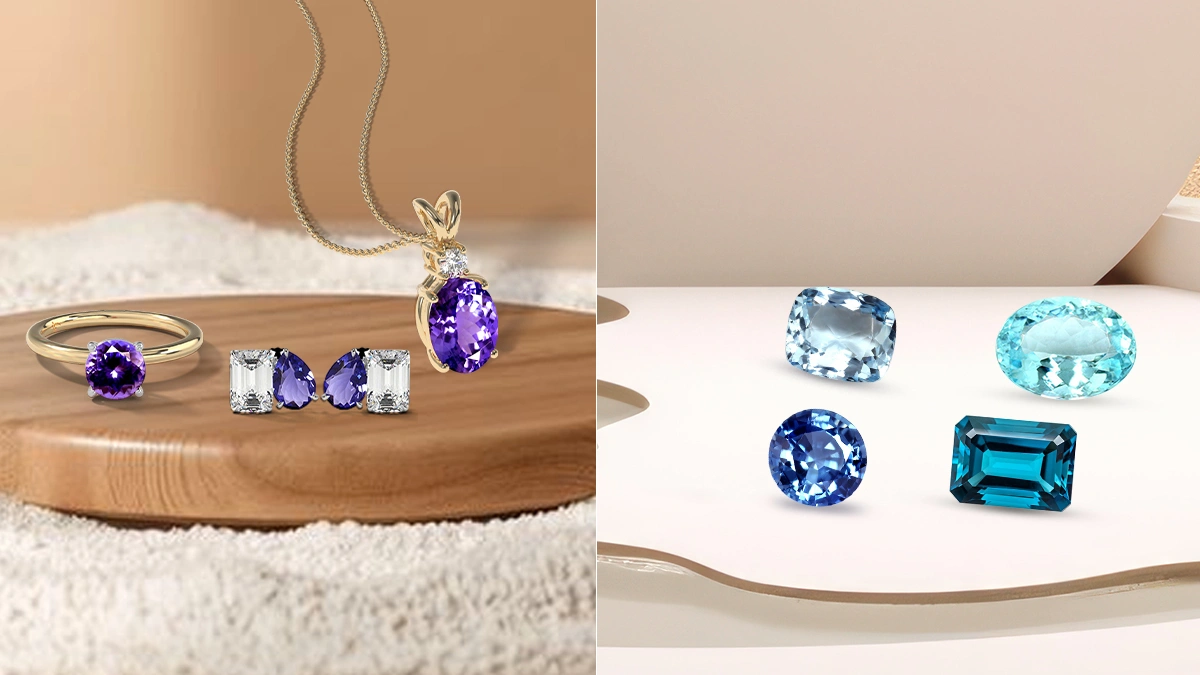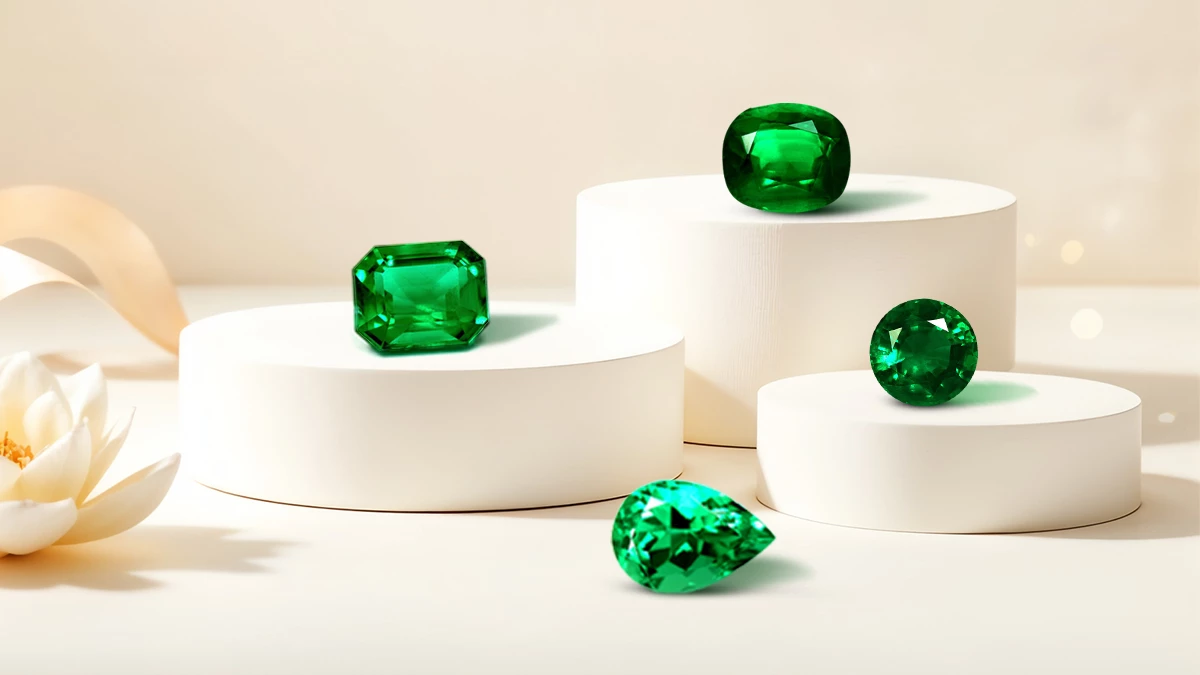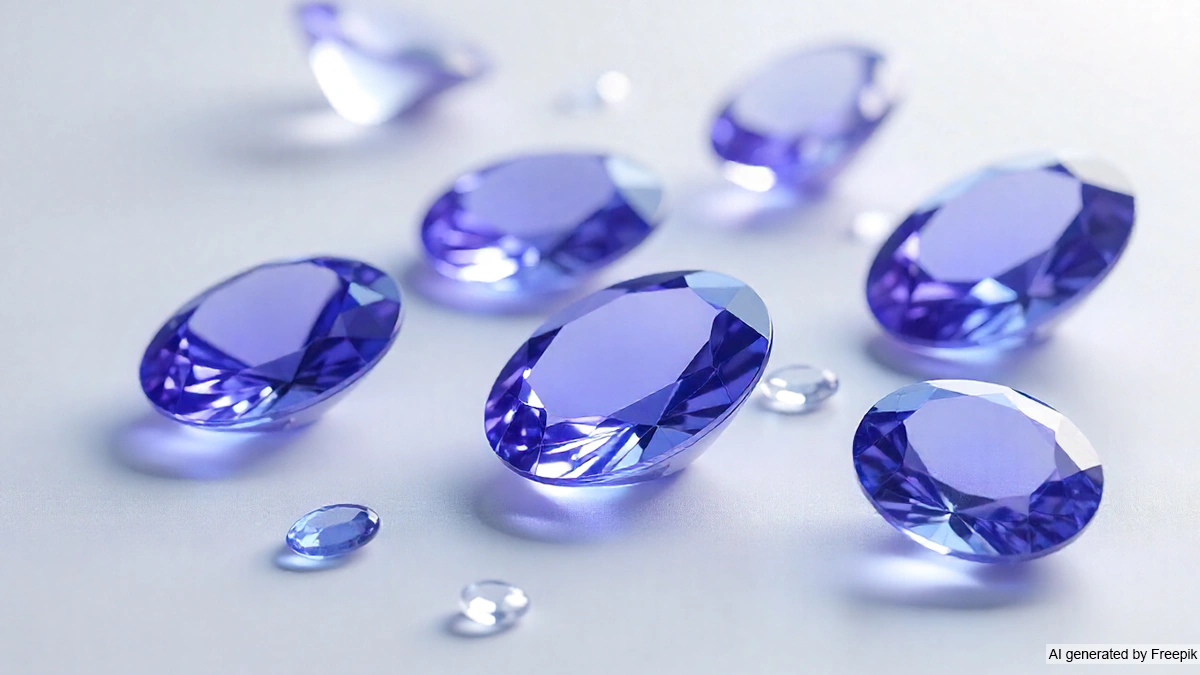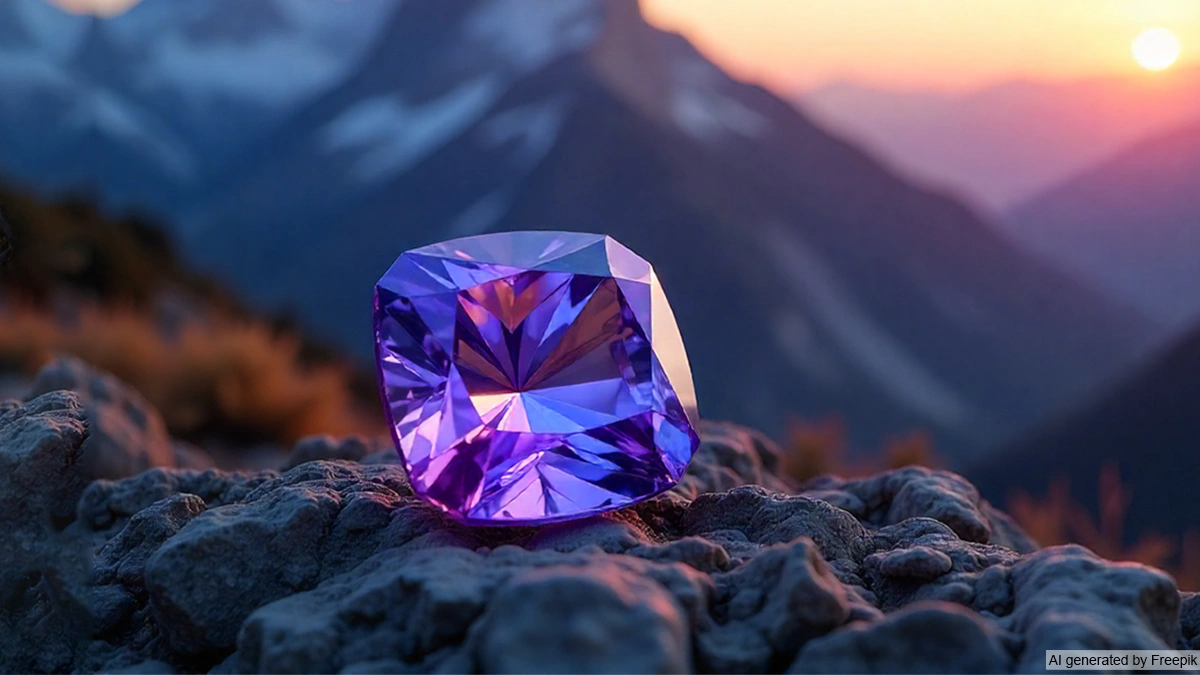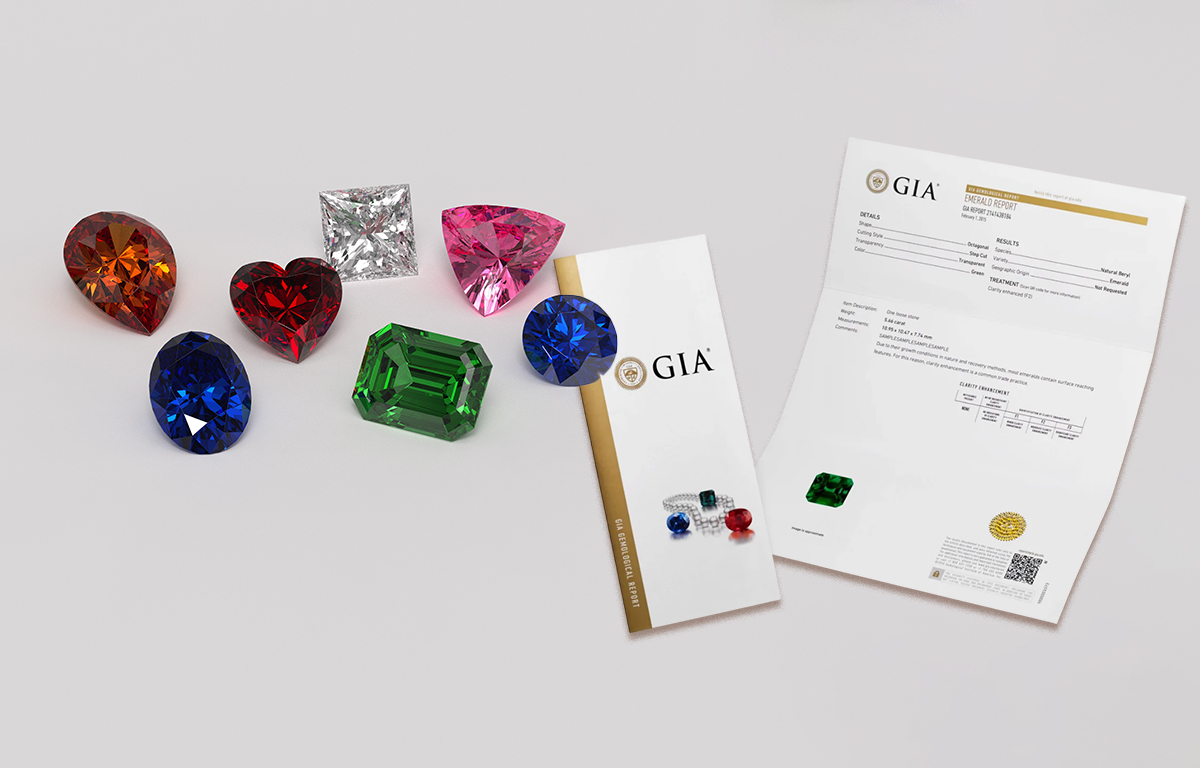Decoding the natural vs lab created gemstones puzzle can be difficult especially when our world is filled with millions of rich and colorful stones. We have been using many of these gems as adornments for thousands of years. Through most of this time, these precious gemstones could be obtained by one method: mining.
However, technological and scientific advancements made in the last few decades have given scientists the ability to replicate these gems in labs while maintaining the same look and feel of a natural gemstone. Many customers often inquire about the origin of gemstones and whether it is beneficial to purchase a natural or lab-created one. Here are some tips when looking to add to a collection.
1. Lab-Created Gemstones
The term “lab-created” gemstone refers to a gem that has been made in a laboratory and has the same chemical composition as its natural counterpart. This term is synonymous with “synthetic”, “man-made”, or “lab-grown” gemstones.
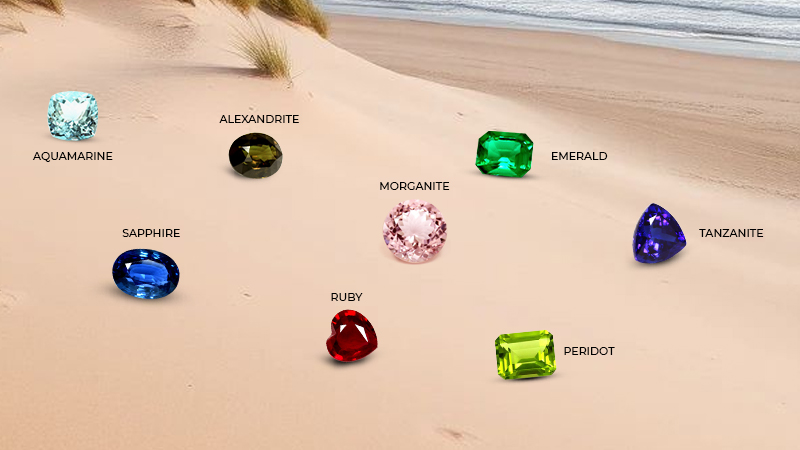
However, you should not confuse it with “simulated” or “imitation” gemstones, which give off the appearance of a gemstone but are chemically different. These ‘simulants’ can be glass or plastic or maybe some other material.
How are lab-created gemstones made?
Science and technology are now so advanced that it is possible to create gemstones in laboratories. Usually, there are two methods to replicate a gemstone.
HPHT (High-pressure, High-temperature)
This is one of the oldest methods to create gemstones in a lab. The HPHT process uses heating treatment to mimic natural gemstones in a lab in a fraction of the time it takes for a gemstone or a natural diamond to form. The building blocks of natural gemstones receive extreme heat and pressure but inside an equipment. So, the result is a gemstone having the same physical and chemical properties as a natural one.
CVD (Chemical Vapor Deposition)
In this method, a seed or a tiny piece of a natural gemstone forms the basis of growth. The stone grows layer by layer inside a chamber. The result is a flawless copy of the original gemstone from which the ‘seed’ was taken.
Is it easy to identify the lab-grown gemstones?
Lab-created gemstones are no different from natural ones. Only a trained gemologist with the right equipment can identify the origin of the gemstones. Also, the refractive Index (RI – a measure of brilliance) of lab-created gemstones is the same as natural gemstones.
However, it is important to purchase lab-created gemstones from a reputed jeweler. We have an extensive range of stunning lab-grown certified diamonds and lab grown sapphires, rubies and emeralds.
2. Natural Gemstones
Natural gemstones are any gemstones that have been formed in nature and have not been tampered with outside of being mined, cut, and polished. Most in the industry would recognize natural gemstones as those that haven’t received any treatment for inclusions or color enhancement in any way.
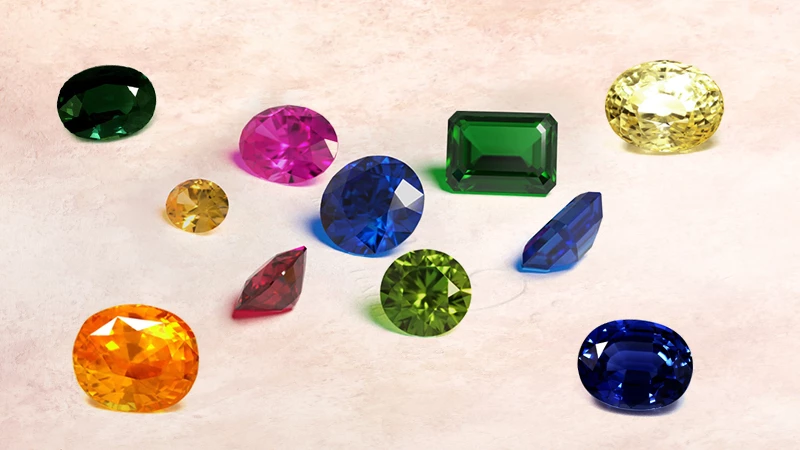
The term“genuine” gemstones generally applies to the stones formed in nature but have received some sort of treatment later. Since most natural gemstones are quite rare ‘genuine’ gemstones have a long standing acceptability in the trade.
3. Which is Better?
- As is with all accessories, the choice always comes down to the wearer’s personal preferences. Both natural and lab-created gemstones have their pros and cons. It depends on what aspect of the gemstone you focus on.
- If cost is the most important factor, then a lab created gem is most likely the best option. Because they are not scarce, lab-created gemstones sell at a fraction of the price that their natural counterpart would command. It is much more possible to work with a smaller budget when it comes to lab created gemstones.
- For appearances, both are ideal depending on the desired look. Striving for a perfect look? Lab created gemstones are your best as they are free from inclusions and display the best possible color. If you are looking for something unique, natural gemstones are ideal. They vary greatly in appearance and color, suiting their owner’s unique taste. Both lab-created and natural stones are real after all.
- If you want something that is rare and authentic, natural gemstones are hands down the only choice. Some gemstones are extremely rare and only certain parts of the world have them. Others represent lifetimes of connection since they pass down from one generation to the next.
Regardless, the natural vs lab-created gemstone question is not going to affect you because at GemsNY you’ll find all options. You can easily find your perfect match whether diamond, ruby, sapphire or emerald. For exciting offers, explore today!

